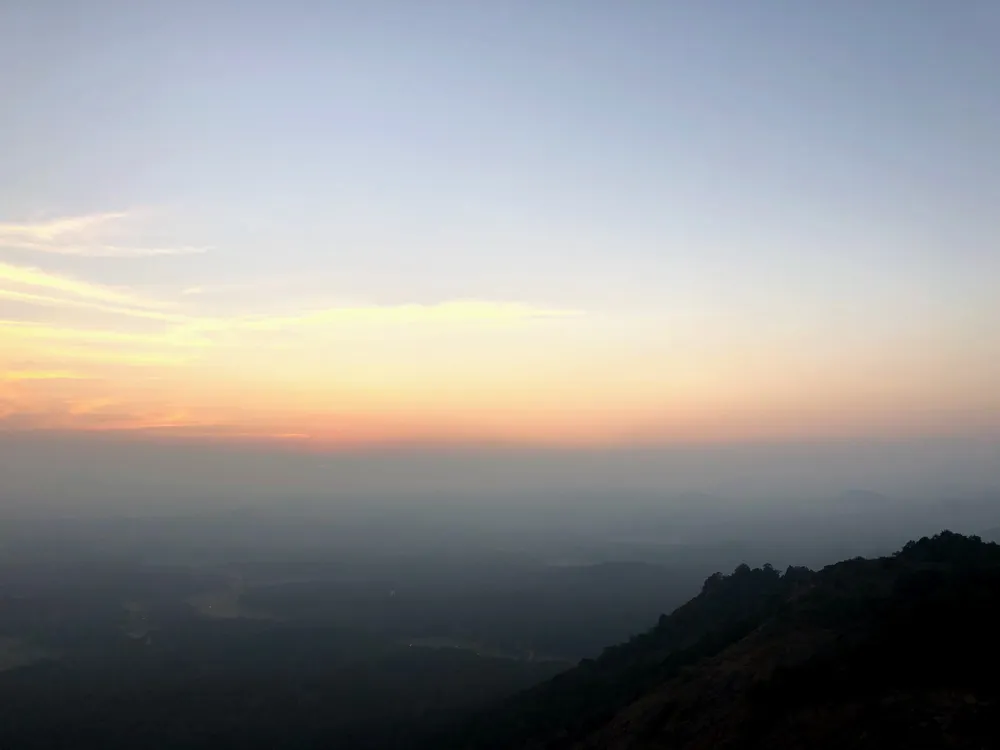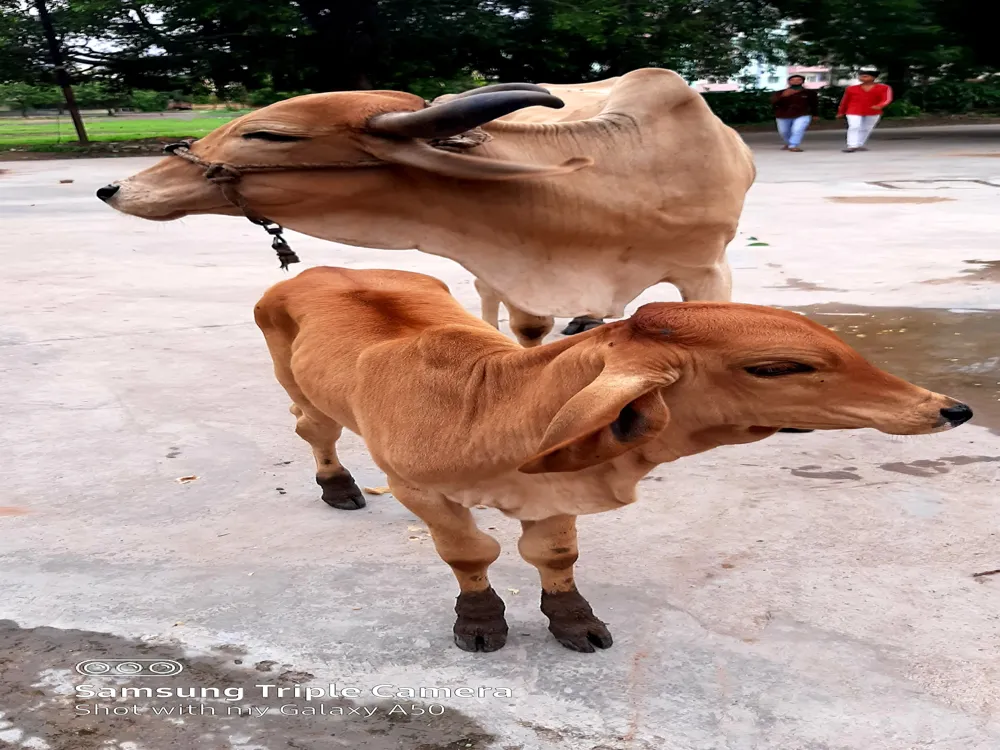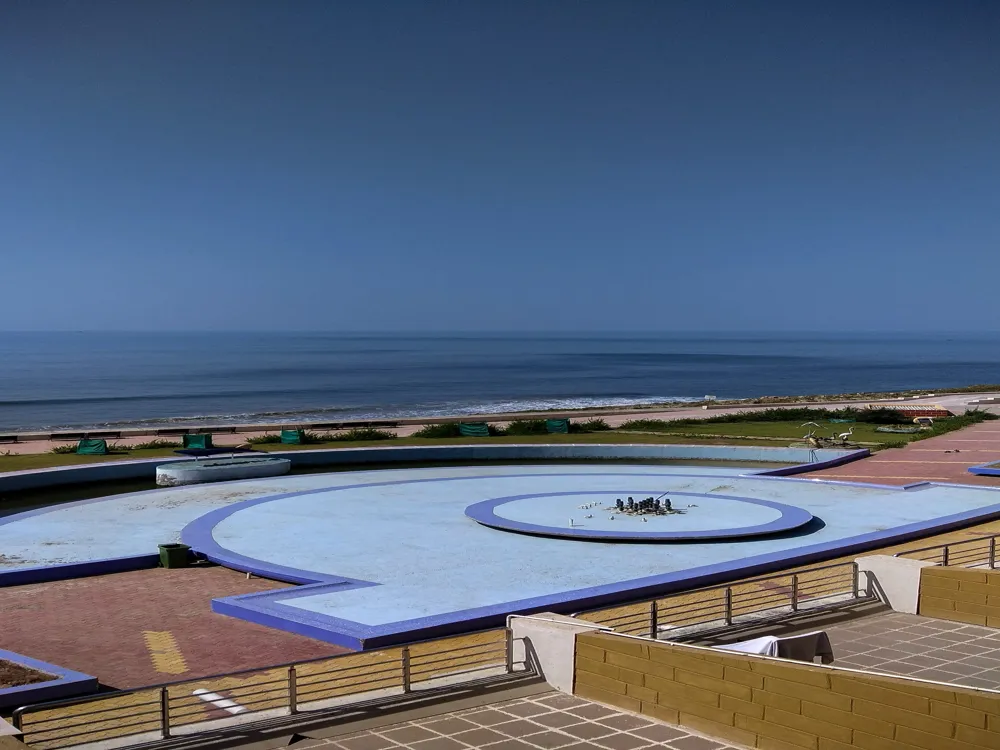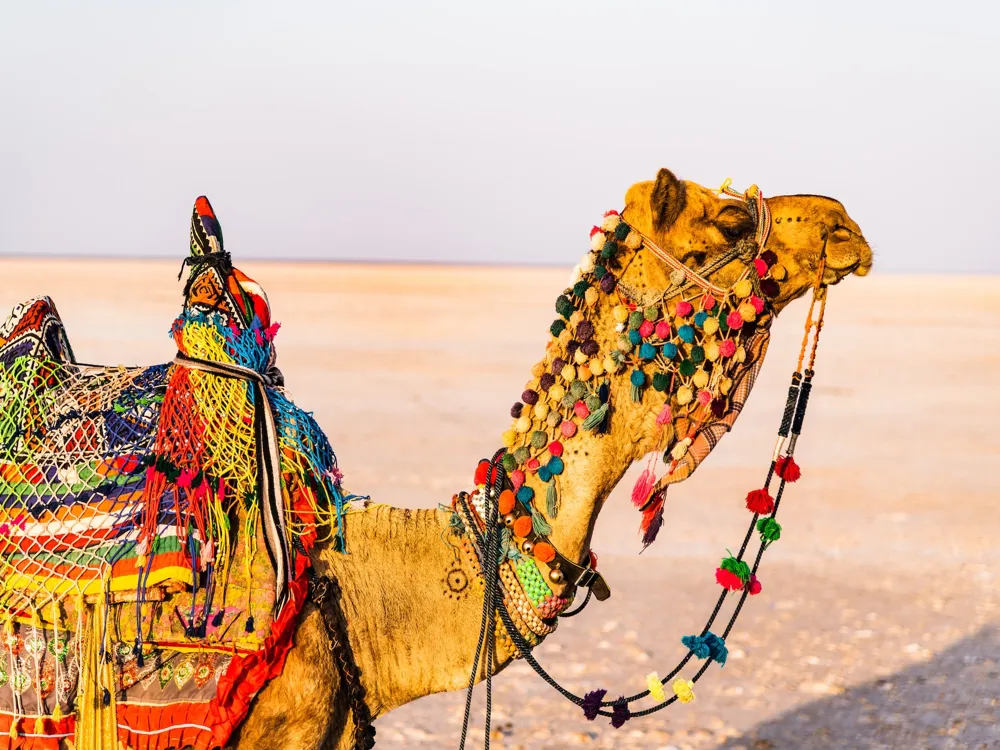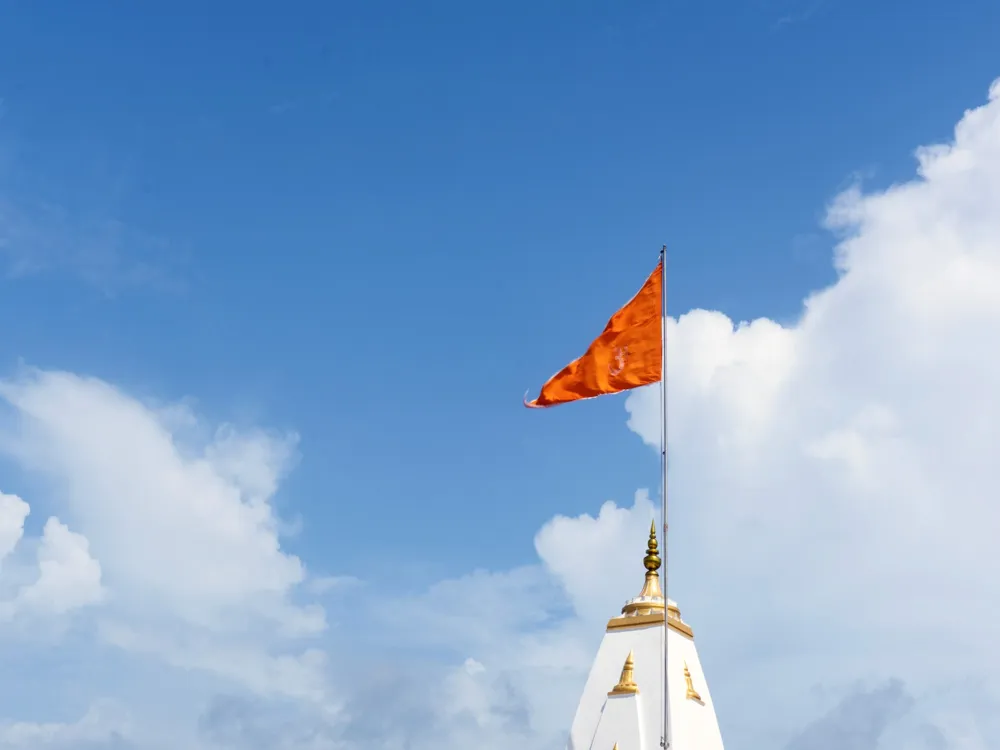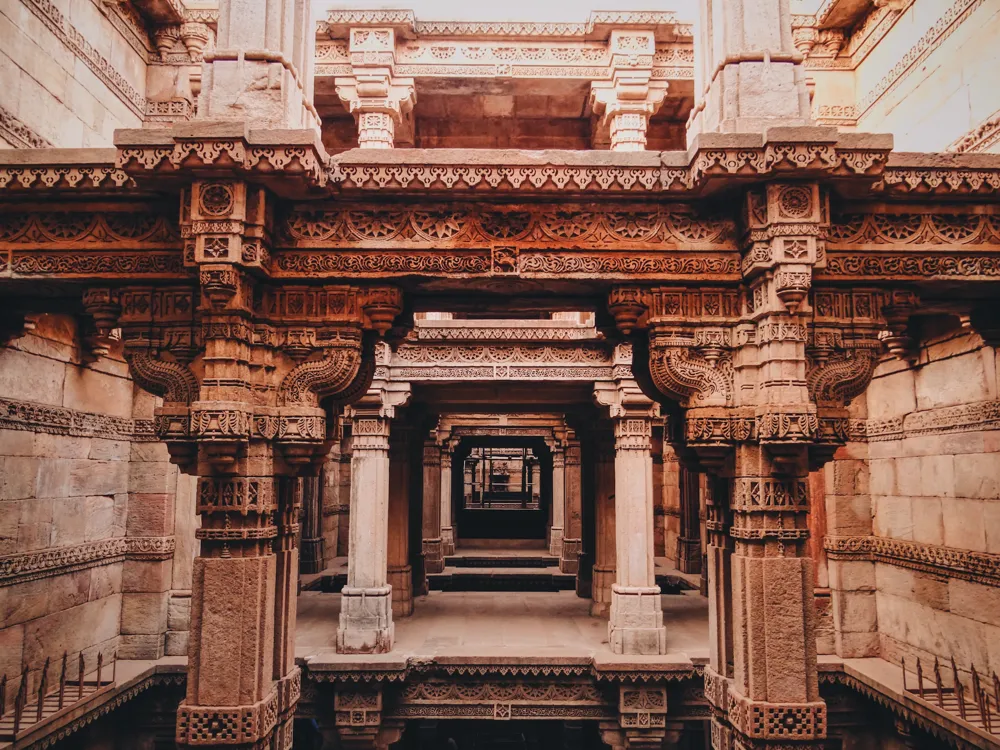Nestled in the scenic landscapes of Junagadh, Gujarat, the Jatashankar Mahadev Temple is a sublime embodiment of spiritual tranquility and architectural grandeur. This ancient temple, dedicated to Lord Shiva, is not just a religious sanctuary but also a testament to the rich cultural heritage of India. Revered by devotees and admired by history enthusiasts, the temple attracts visitors from all corners of the world. Its serene ambiance, coupled with the mythological significance, makes it a must-visit destination for those seeking a spiritual journey or exploring the historical roots of Gujarat. The origins of the Jatashankar Mahadev Temple date back to centuries ago, deeply rooted in the folklore and traditions of Hindu mythology. According to legend, it is believed that the temple stands at the very spot where Lord Shiva manifested himself in the form of a Jata (hair). This mythological connection lends the temple its name and significance, making it a revered site among the Shaivite community. Over the years, the temple has not only been a place of worship but also a beacon of hope and faith for countless devotees. The temple's location in Junagadh adds to its allure, as the city itself is steeped in history and natural beauty. Surrounded by the rugged terrain of the Girnar hills, the temple offers a picturesque backdrop that is both awe-inspiring and calming. The journey to the temple is as enriching as the destination itself, with the path lined with lush greenery and echoes of birdsongs. For those looking to experience a blend of spirituality, history, and nature, Jatashankar Mahadev Temple in Junagadh is a destination like no other. The Jatashankar Mahadev Temple is a marvel of ancient Indian architecture. Its design and construction reflect the architectural styles prevalent during its establishment, showcasing a blend of artistic and engineering prowess. The temple's structure is a harmonious amalgamation of intricate carvings, majestic pillars, and detailed iconography, all of which narrate tales of religious and historical significance. As one approaches the temple, the first thing that captures the eye is the grand entrance, marked by a series of steps leading up to the sanctum sanctorum. This pathway is not just a physical journey but also symbolizes the spiritual ascent of a devotee towards the divine. The temple's exterior is adorned with elaborate sculptures depicting various deities, scenes from Hindu mythology, and motifs inspired by nature. These carvings are not mere decorations but are imbued with symbolism and spiritual meanings. The interior of the Jatashankar Mahadev Temple is equally mesmerizing. The sanctum sanctorum, housing the sacred Shiva Linga, is a space of profound spiritual energy. The walls and ceilings within the temple are covered with carvings and paintings that depict the many forms of Lord Shiva and stories from the Puranas. The play of light and shadow within the temple's inner chambers creates an ethereal atmosphere, enhancing the spiritual experience for the devotees. One of the unique architectural features of the Jatashankar Mahadev Temple is its use of local materials in construction, seamlessly blending the structure with its natural surroundings. The temple's design also takes into account the climatic conditions of Junagadh, with features that provide ventilation and natural cooling. This thoughtful integration of architecture with nature and climate is a testament to the advanced understanding of the ancient architects and their respect for the environment. As a place of worship, it is important to dress modestly. Traditional Indian attire or conservative clothing is recommended. Visitors should maintain a quiet and respectful demeanor inside the temple premises. It's important to adhere to the temple's customs and traditions. The temple often hosts various festivals and religious ceremonies. Checking the temple's schedule beforehand can enhance your visit. The temple area is home to monkeys. Visitors should be cautious with their belongings and avoid feeding the animals. While photography may be allowed in certain areas, it's crucial to respect any restrictions, especially inside the temple. Jatashankar Mahadev Temple is well-connected and accessible by various modes of transportation. For those traveling by air, the nearest airport is in Rajkot, from where one can hire a taxi or take a bus to Junagadh. The city of Junagadh also has a railway station, linking it to major cities in Gujarat and across India. Once in Junagadh, local transportation like auto-rickshaws and buses can be used to reach the temple. For those who prefer to drive, the temple is connected via well-maintained roads, making it an ideal destination for a road trip. The journey to the temple is as picturesque as the destination, offering a glimpse into the rural landscapes and cultural richness of Gujarat. Read More:Overview of Jatashankar Mahadev Temple, Junagadh, Gujarat
Architecture of Jatashankar Mahadev Temple
Tips When Visiting Jatashankar Mahadev Temple
Dress Appropriately
Respect the Sanctity of the Temple
Check for Festival Timings
Be Mindful of the Monkeys
Photography Restrictions
How To Reach Jatashankar Mahadev Temple
Jatashankar Mahadev Temple
Junagadh
Gujarat
NaN onwards
View junagadh Packages
Junagadh Travel Packages
View All Packages For Junagadh
Top Hotel Collections for Junagadh

Private Pool

Luxury Hotels

5-Star Hotels

Pet Friendly
Top Hotels Near Junagadh
Other Top Ranking Places In Junagadh
View All Places To Visit In junagadh
View junagadh Packages
Junagadh Travel Packages
View All Packages For Junagadh
Top Hotel Collections for Junagadh

Private Pool

Luxury Hotels

5-Star Hotels

Pet Friendly











